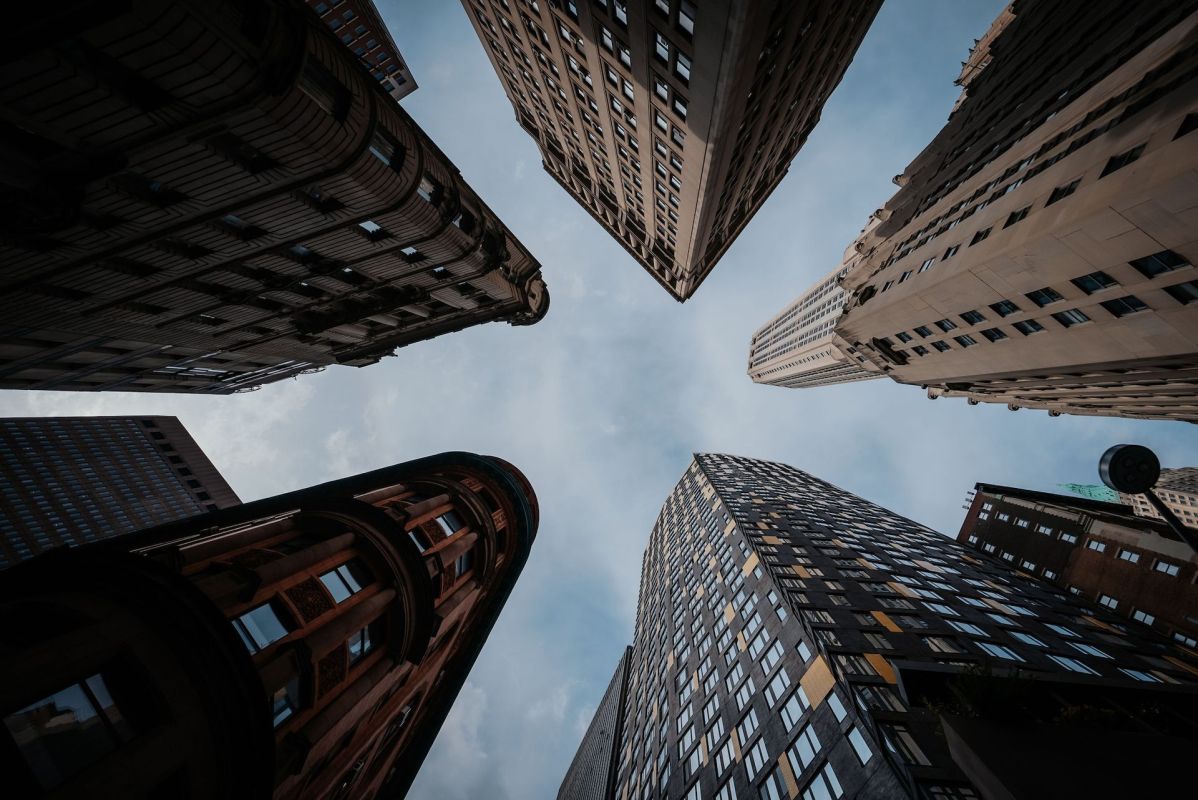It's often said that New York City never sleeps, but one council member is trying to turn the lights off to protect wildlife.
According to the Guardian, Francisco Moya hopes to pass legislation that would require a number of commercial buildings to switch off the lights at night unless someone is working inside.
New York City is positioned within a migratory path, so tall buildings made of glass can pose a problem for birds. Reflections of trees in illuminated glass panes can trick birds into thinking it's a great place to forage for food, and hitting the glass at speed can be deadly.
It's a similar story for trees found in entrance lobbies of buildings, which birds will try to reach only to be stopped midflight by glass windows or doors. It is particularly common at ground level.
"Why walk past these dead birds on the sidewalk when we can do something as simple as [flip] a light switch to prevent it?" Moya said, per the Guardian.
The legislation would not affect landmark buildings and small retail stores, but failure to follow it could result in a $1,000 fine for each violation.
Surveying from the New York City Audubon has found that buildings in the area's financial district and an 11-story apartment building near Central Park are among the main structures that attract birds, with a number of dead or injured animals found in the surrounding areas.
"I strongly believe in legislation that not only benefits our environment, positively impacting our city's carbon footprint, but our wildlife as well," Moya told the Guardian.
It's not the only initiative helping to protect birds flying over the Big Apple. The Jacob K. Javits Convention Center was once one of the main culprits in terms of migratory bird deaths in the city. However, after a massive renovation project, new patterns printed in glass panels have helped to discourage birds from coming close, cutting deaths by 90%, according to the New York Times.
Meanwhile, the installation of a 6-acre green roof has helped to attract bird species, with sightings including American kestrels, cedar waxwings, ospreys, peregrine falcons, and Nashville warblers, as New York City Audubon observed.
Did you know that the Jacob Javits Center has an amazing 7 acre green roof?
— Maspeth Roofing (@Maspeth_Roofing) June 27, 2018
This roof has become a self sustaining ecosystem home to over 26 bird species, 5 bat species and thousands of honey bees!
View the live stream here: https://t.co/DVdQ6DhEsZhttps://t.co/ghYEEMTrGR pic.twitter.com/RrL3h5O9rh
It's evidence that nature can thrive in the city if given the opportunity. If the new legislature is approved, a reduction in light pollution will no doubt bring significant benefits to local residents and reduce energy use.
Join our free newsletter for cool news and actionable info that makes it easy to help yourself while helping the planet.









